Pu’er Tea Beneficial Ingredients and Effects
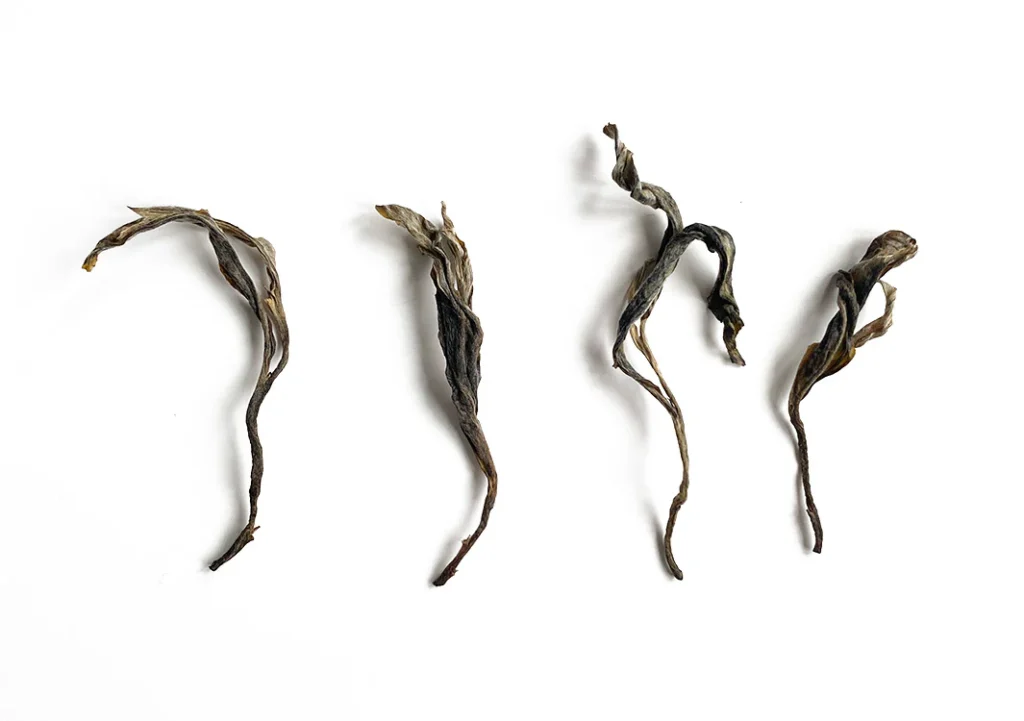
This article on the health benefits and side effects of pu-erh tea is based on scientific research. These sources are cited at the bottom of this article.
For Pu’er tea enthusiasts, the health benefits are not as important as the unique flavor they enjoy on their tea tasting journey. However, consuming pu-erh tea for health reasons is often the reason why people try pu-erh tea for the first time. Our goal in writing this article is to answer all health-related questions. We are not trying to make pu-erh tea out to be a magical drink. Instead, we are being as factual as possible.
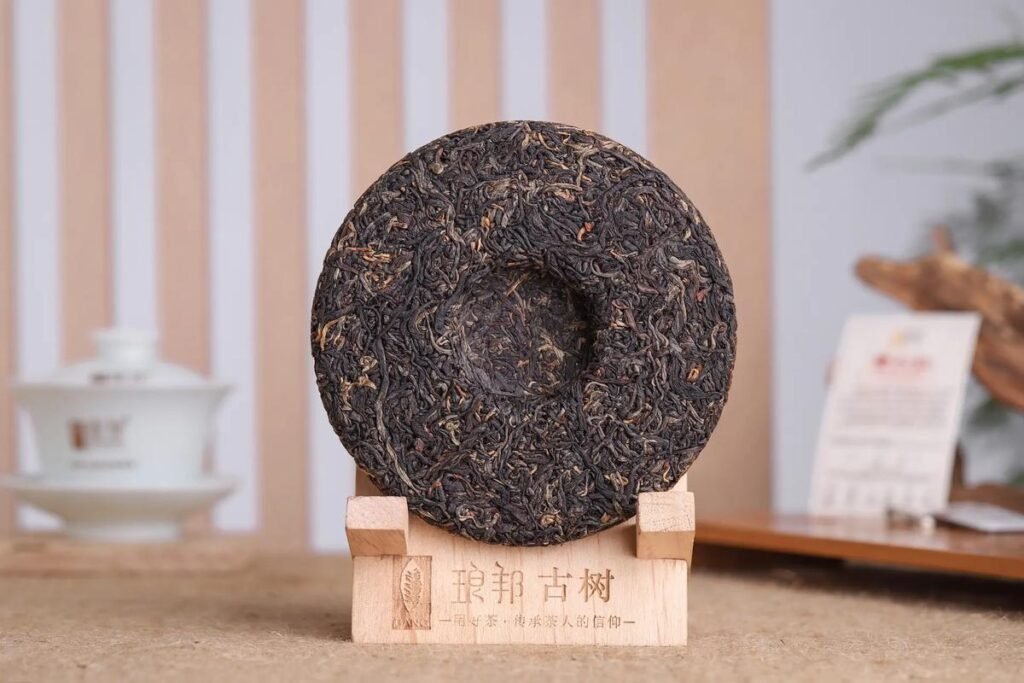
The Chemical Composition of Pu’er Tea
Pu-erh tea is made from the large-leafed species (Camellia Sinensis var. Assamica) of the Camellia Sinensis genus in the family Camelliaceae.
To understand the benefits of Pu-erh tea, we need to differentiate between raw Pu-erh tea and ripe Pu-erh tea because they are processed differently. If you are not familiar with this distinction, you can read this article: What is Puerh Tea?
The table below shows the chemical composition of processed raw and ripe pu-erh teas in a study published by Lv Haipeng et al. in 2013.1
Composition Raw Pu ‘erh Ripe Pu ‘erh
Tea Polyphenols 29,73% 9,40%
Total catechins 18,31% 3,62%
EGCG 4,04% 0,00%
Flavonoids 0,89% 0,96%
Gamma-aminobutyric acid 13,0 mg/100 g 3,0 mg/100 g
Caffeine 4,19% 5,17
From the table we can see:
The polyphenols will be significantly reduced after fermentation of raw Pu-erh tea to ripe Pu-erh tea.
Catechins will also decrease. Catechin is the main component of the bitter and astringent flavor of tea, which is the reason why ripe puerh has a lighter bitter and astringent flavor.
The caffeine content of ripe pu-erh tea is higher.
Considering the significant differences between the two, we are very surprised that some research articles do not differentiate between ripe and raw pu-erh. At the very least, they did not clearly define which type of pu-erh was being used. In our opinion, these studies are either outdated or not worth taking seriously.
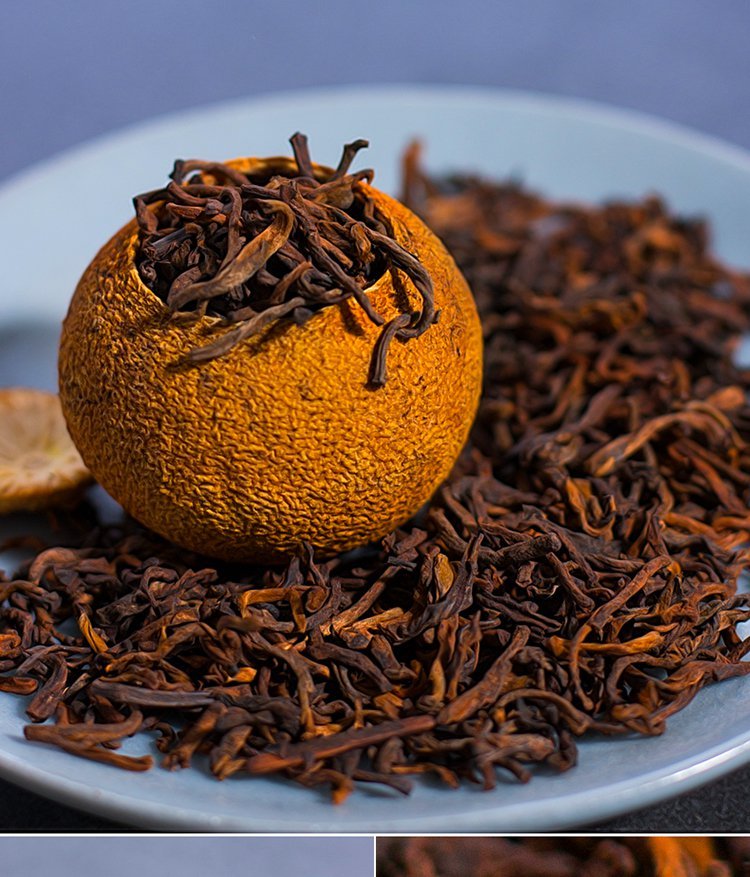
What about natural aging?
There are not enough research conclusions about the effect of natural aging of raw pu-erh (as opposed to pile fermentation) on the composition of pu-erh tea. The main reason is that estimating the aging time of pu-erh tea is technically challenging. Currently, Ning et al. (2011) concluded that the chemical compositions of raw pu-erh with low vintage and aged raw pu-erh are very similar.2
Pu-erh Tea for Weight Loss, Cholesterol Lowering and Heart Healthy
There are many pu-erh tea products on the market that are marketed as weight loss products. A cup of pu-erh tea contains almost no calories, so the weight loss benefits of pu-erh tea are obvious when compared to soda. But this also applies to water and a cup of black coffee. So what are the specific properties of pu-erh tea that can help you lose weight, lower cholesterol and improve heart health? Is there reliable evidence? Here’s what the scientific research says.
In academic research, obesity, cholesterol and heart health are often studied together. This is because obesity is often seen as a trigger for heart and cholesterol-related problems.
In a 2011 study3, researchers divided lab rats into 5 groups and fed them different foods containing different amounts of pu-erh tea. Here is what happened to the 5 groups:
Normal diet
High-fat diet
High-fat diet with low-dose pu-erh tea
High-fat diet with medium dose of Pu-erh tea
High-fat diet plus high-dose pu-erh tea
Researchers have concluded that Pu-erh tea is effective in reducing body weight. The study found that Pu-erh tea successfully inhibited fat accumulation in rats on a high-fat diet.
In a 2009 study4, scientists found that Pu-erh tea not only had strong antioxidant properties, but also had a lipid-lowering effect in the blood of rats. Therefore, pu-erh tea can also be used to lower cholesterol and heart-related risks. Compared to raw pu-erh, ripe pu-erh has a stronger lipid-lowering effect.
Finally, a 2010 study showed that theaflavins have a cholesterol-lowering effect.
Comparing pu-erh tea to other types of tea, a 2005 study5 showed that ripened pu-erh and oolong teas were more effective in lowering fat (triglycerides) compared to green tea.
This research article is a work in progress. We will be adding more paragraphs on specific health benefits and side effects soon. Please bookmark this page for future visits or subscribe to our newsletter.
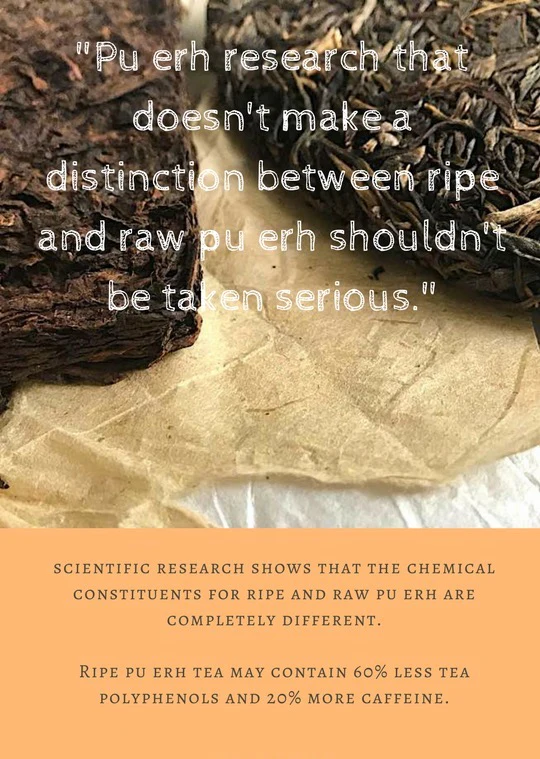
Pu’er Tea Side Effects
The side effects of this tea are related to caffeine. While caffeine can be invigorating, excessive consumption of pu-erh tea can lead to insomnia. However, for most tea drinkers, if they can handle coffee, they should also be able to handle drinking 2-4 cups of pu-erh tea per day. We recommend drinking Pu-erh tea mainly in the morning and afternoon. In the evening, you can switch to herbal teas to avoid caffeine intake.
Pu-erh Tea Caffeine Content: while this is probably the most commonly asked question, it’s actually difficult to make generalizations. When you do a Google search on the topic, you’ll see many articles online stating the caffeine content of each type of tea, including pu-erh. In reality, there are too many factors at play to accurately determine the amount of caffeine you are consuming. These factors include ripe versus raw pu-erh, leaf-to-water ratio, tea utensils used, western versus artisanal brewing methods, personal preference, cultivar, and so on.
For example, if 3 grams of raw pu-erh tea is brewed in an ordinary 800 ml Western-style teapot for 5 minutes, the caffeine content will be significantly lower than that of Americano. However, if you brew 8 grams of pu-erh tea in a 120 ml Purple Clay teapot, the caffeine content will be at least twice that of Americano!
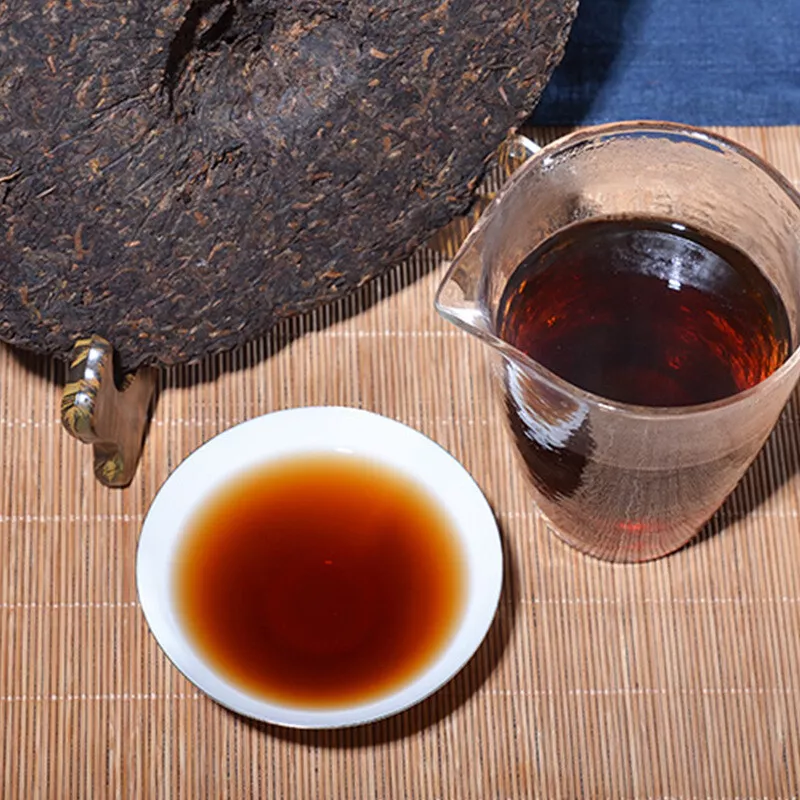
Future research: our recommendations
We are pleased that there are already a large number of research publications that allow us to draw some conclusions about the benefits of pu-erh and tea in general. However, there is still a lot of work to be done. It is common for scientists to mention the shortcomings of their research and to offer their views on the future direction of tea research.
We definitely don’t want to question their opinions, but we do want to voice our own. In our opinion, current research has focused too much on the confirmation of specific effects and has failed to answer the question of who can benefit from pu-erh tea and when it should be consumed. At what time of day or season should people consume pu-erh tea? Does gender and age matter? Are there other physical conditions that make pu-erh tea beneficial or harmful to some people? It is our sincere hope that future research will find answers to these questions that are so relevant to tea consumers.
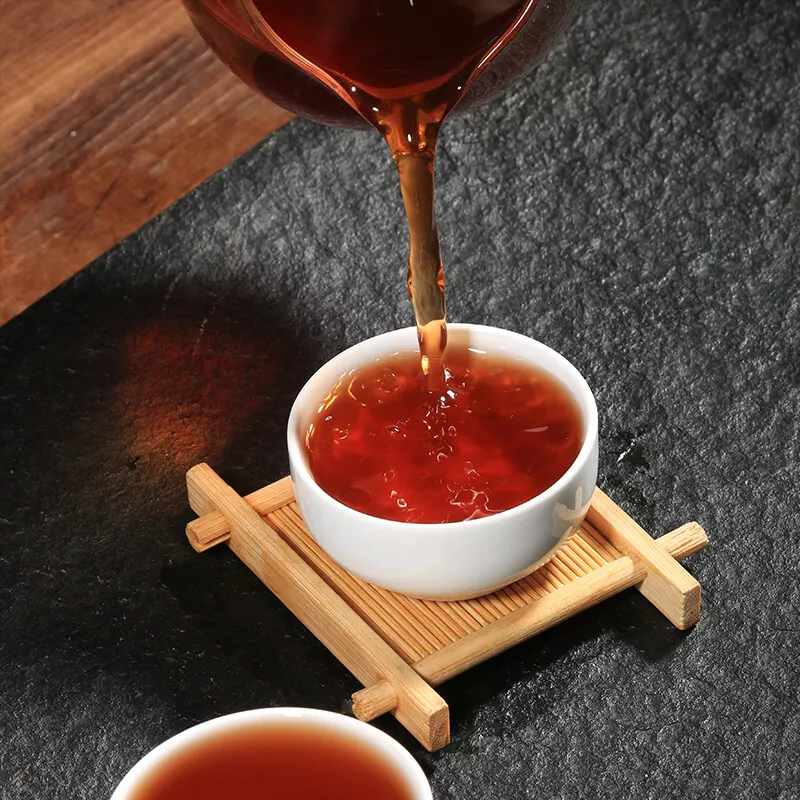
References:
2 Ning, J. M., Zhang, Z. Z., Wang, S. P., Wan, X. C., & Zeng, X. S. (2011). Identification of Pu-erh teas with different storage years by FTRI spectroscopy. Spectroscopy and Spectral Analysis, 31, 2390–2393 (in Chinese).
3 Cao Z.H., Gu D.H., Lin Q.Y., Xu Z.Q.,Huang Q.C. et al (2011). Effect of pu-erh tea on body fat and lipid profiles in rats with diet-induced obesity. Phytotherapy Research, 25(2) 234–238.
4Hou Y., Fang W.F., Xu K.L., Ma Z.Z. et al (2009). Pu-erh tea aqueous extracts lower atherosclerotic risk factors in a rat hyperlipidemia model. Experimental Gerontology, Volume 44 (6–7) 434-439.
5Kuo K.L.,Weng M.S., Chiang C.T., Tsai Y.J., Lin-Shiau S.Y., Lin J.K. (2005). Comparative Studies on the Hypolipidemic and Growth Suppressive Effects of Oolong, Black, Pu-erh, and Green Tea Leaves in Rats. J. Agric. Food Chem., 2005, 53 (2) 480–489
Views: 1
Leave a Reply